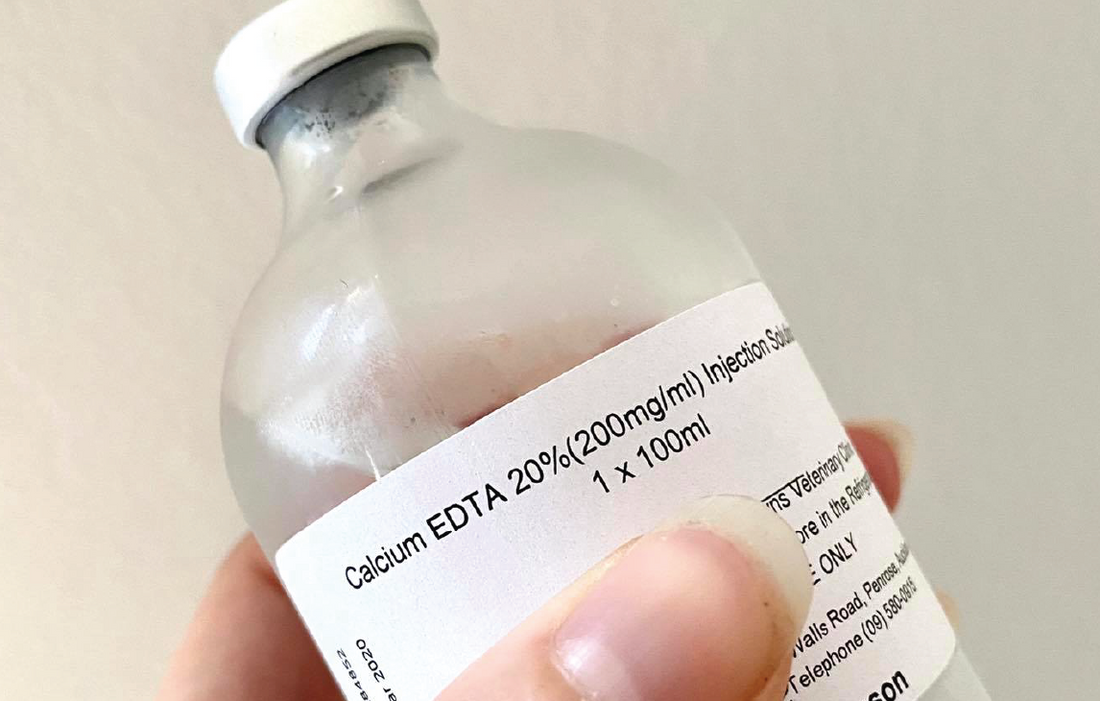Backyard chickens can be exposed to a multitude of different hazards when they are free ranging. Lead has been a common problem in these flocks causing detrimental effects to the health of these birds but also with the transfer of these heavy metals to the eggs that humans may eat.

Lead causes issues when ingested by being highly dense, not readily oxidized and acting as a neurotoxic agent. As such the metal does not breakdown in the lumen of the gastrointestinal tract and can be slowly absorbed into the bloodstream.
There can be a variety of presentations depending on the amount of exposure (quantity vs time). The ACUTE FORM tends to come about quite suddenly with a loss of appetite, weight loss, ataxia, muscle weakness and anaemia. There is a more subtle series of symptoms that correspond with CHRONIC EXPOSURE. These include decreased intestinal motility/blockages, crop stasis/impactions/infections, greenish droppings and messy backsides.
Confirmation of lead toxicity can be DIAGNOSED via blood test as well as radiographic identification of particles in the GI tract. However, even if there are no signs of metal on a radiograph, this does not rule out exposure to lead. In addition, blood smears and haematological testing can determine if anaemia is present or not, perhaps suggesting heavy metal involvement.

TREATMENT for this toxicosis revolves around supportive care and prevention. Supportive care consists of heat therapy, assisted feeding and convalescent diet (vitamin supplements etc.). This process of supportive care is responsible for the majority successful outcomes.
High Fiber, provided as a therapy or enhanced in the diet, is a good technique to try and remove small to large particle sizes of metal from the gastro-intestinal tract. Products to try can include: Slippery Elm, Activated Charcoal, high fibre foods can be utilized.
Chelation therapy is the process of binding a heavy metal with a medication that is then eliminated from the body via urine. Three medications tend to be used by veterinarians. These include: calcium EDTA, DMSA (succimer) and d-penicillamine. Often this treatment can be done without confirmation of lead or heavy metal toxicosis based on history and clinical signs.

An ounce of PREVENTION is worth a pound of cure. A close examination of a bird’s environment should be a priority. A “Bird eye view” can help find those small and large risks. Some common things to keep a look out for are:
- Cheap metal bird toys
- Stain glass windows
- Lead soldering supplies
- Costume jewelry
- Lead shot/pellets
- Fishing sinkers/weights
- Old paint
- The back of vintage mirrors
Written by Dr. Sam Hurley BSc, BVSc, MAHM

